How to Grow Mint in Your Backyard
For those of you who have experience growing mint in your garden in the past, I probably got a little chuckle out of you based on this title. If you don’t already know, growing mint is very easy to do. Maintaining them is what you have to worry about. Some gardeners consider the plant to be an invasive weed, but this culinary herb certainly does have its benefits. There are many different species of mint herbs that you can choose to grow. Each of them provides a cooling flavor in a hot cup of tea, but can also benefit you with their natural medicinal properties. Here’s more about how to grow mint in your backyard. This is where I buy my garden seeds, SeedsNow.
How to Grow Mint in Your Backyard
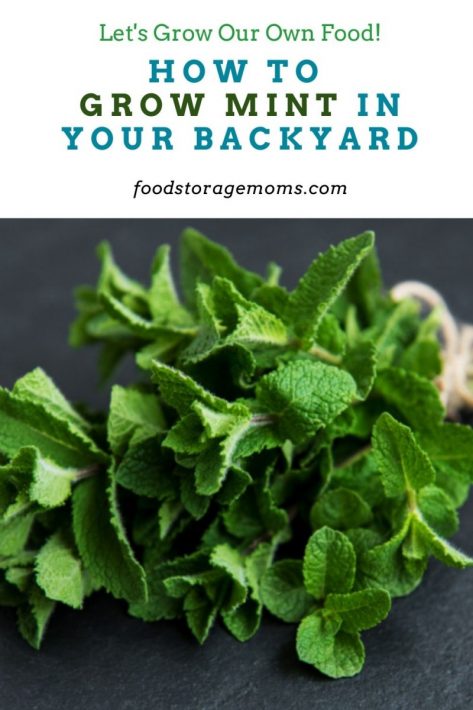
How to Grow Mint in Your Backyard
Mint doesn’t need an awful lot to thrive in your garden. It would actually take a lot of effort to kill them. As long as there is rich soil and enough moisture, these hardy perennials will flourish. (And that’s an understatement.) This is where you come in.
Mint plants love to spread out as a ground cover, and if you were to leave it unchecked, your garden would get swallowed up in the plant. So keep an eye out for overgrowth by harvesting and shearing your mint plants when necessary.
You should also consider planting them in a location where you don’t mind if they spread out a bit because they will. Many gardeners plant their mint in pots instead, so that they can still enjoy having it, but not have to worry about it taking over their garden.
When it comes to planting mint, you can sow your seeds in late spring, or you can get a head start by planting them indoors roughly 10 weeks before the last frost. Until the seeds germinate, make sure that the soil stays moist.
It takes about 10 to 15 days for mint seeds to germinate with sunlight, and right around 2 months until they reach harvest. For a brief time during the summer they will have pink, white, or purple blooms that attract bees, birds, and other pollinators. In case you missed this post, Marigolds: Planting Them In Vegetable Gardens
Caring for Your Mint Plants
Like I said earlier, growing mint is easy, as long as you consider just a few things. Here’s more on how to care for your mint plants during the growing season:
Temperature and Humidity
Most mint varieties are adaptable to various weather conditions. Peppermint does especially well in cooler temperatures, while spearmint can tolerate warmer temperatures the best. If you’re planning on growing mint indoors, you can increase the humidity by misting the plants in between waterings. This is something you will want to do if you are keeping them indoors during the winter months.
Soil
Mint does well in rich soil (slightly acidic pH between 6.5 and 7.0) that has good drainage. If you notice the following year that the soil is poor, you will want to add organic matter to it.
Light
Not too many culinary herbs out there thrive in shady areas like mint. The mint plant does better in partial shade, but it can be grown in full sunlight as long as it is watered regularly.
Water
Mint plants require consistently moist soil, so if the soil feels dry, add water. The best time to water them is during the early morning. That way they have enough moisture to withstand the afternoon heat. Just make sure that you don’t overwater because they tend not to do so well in soil that is too soggy.
Fertilizer
As the new growth begins to come up in early spring, go ahead and fertilize them with a balanced all-purpose fertilizer. After that, fertilize your plants about every 4 to 6 weeks throughout the growing season. Keep in mind that if you are growing your mint in pots, they lose their nutrients quicker than those that are planted in the ground, so you may need to fertilize more frequently.
Harvesting and Storing Mint Plants
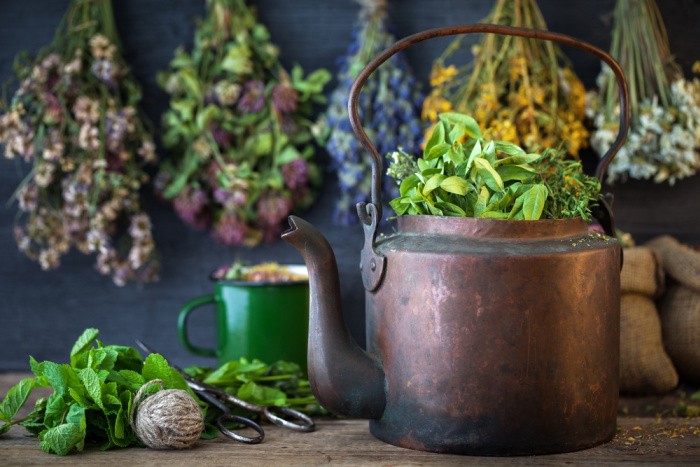
The best time to harvest your mint plants is early in the morning because that’s when its leaves have the most amount of oils in them. This guarantees better flavor and the leaves will be more tender. All you need to do is take a sharp pair of scissors and cut the stems or leaves. Just make sure that you aren’t harvesting more than ⅓ of the plant at any one time.
You should only take deep cuttings from them once a month and then store them in your refrigerator. To properly do this, you will need to keep the stem ends damp. You can put them in water, or you can place the leaves in a damp paper towel. Some people prefer to put them in their ice cube trays that are filled with water.
Pruning Mint
If left untamed, mint plants are capable of growing to 3 feet in height. So you will want to prune them back a few times during the growing season. When the fall season arrives and before the first hard frost, you will want to trim your mint plants back to 6 inches. This will help them grow back fuller next season, and help them to conserve energy throughout the winter.
Pests and Diseases
If there ever comes a point where you notice small orange rust-colored spots on the underside of the leaves, you will need to use an organic fungicide on them, and allow the plants to dry in between waterings. Powdery mildew is something else that you could come across. You can avoid this fungus by ensuring good air circulation in the soil, spacing your plants apart, and keeping weeds away.
There are other pests that you need to look out for, including spider mites, whitefly, mealybugs, and aphids. This last link will show you ways that you can eliminate the pests without harming your mint plants.
How to Grow Mint in Your Backyard
Final Word
One last thing that you need to keep in mind. While mint is non-toxic to humans, it’s considered toxic to cats, dogs, and horses. If your pet has ingested a lot of it, you will need to contact your veterinarian immediately. Growing mint is easy to do, and they will also provide you a handful of health benefits, including relieving gas and indigestion. What is your reason for growing mint this season? Do you have any tips on how to grow mint? May God Bless this world, Linda.
Copyright Images: Green Mint Deposit photos_198649602_s-2019, Herbal Teas Deposit photos_164016324_s-2019

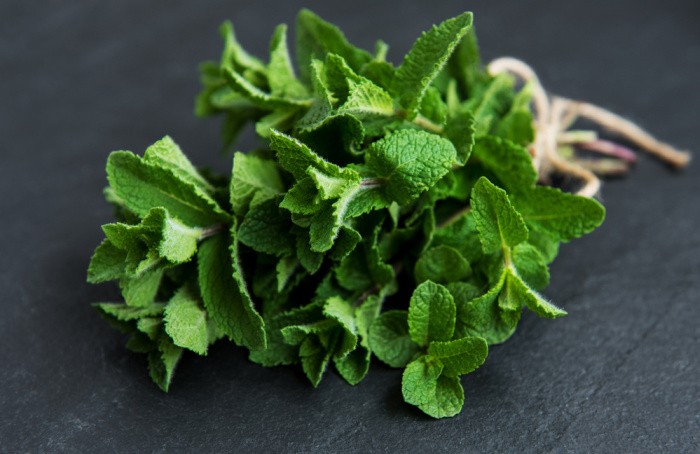

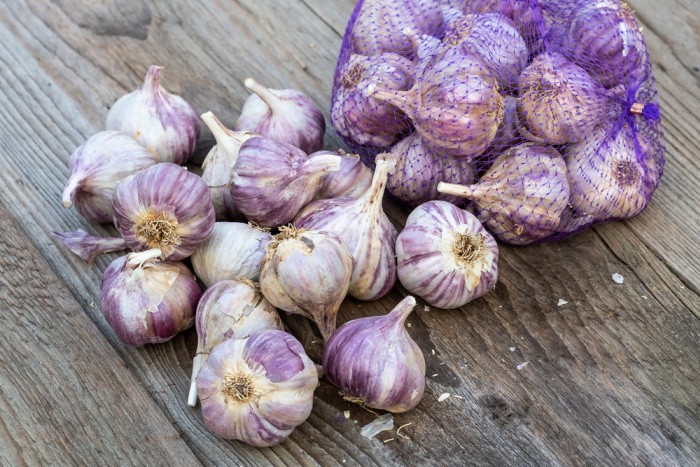
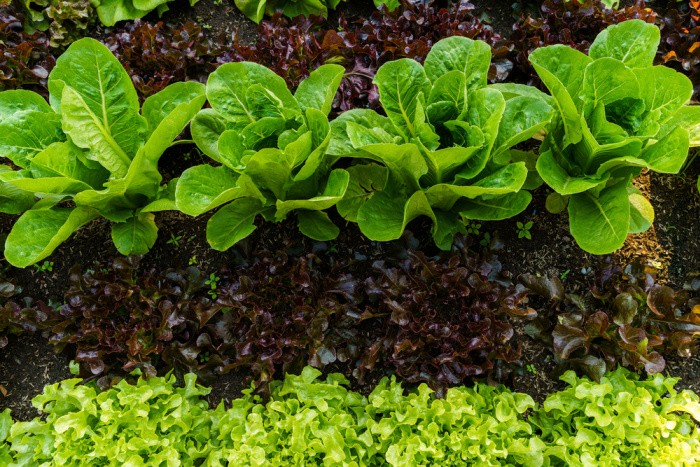
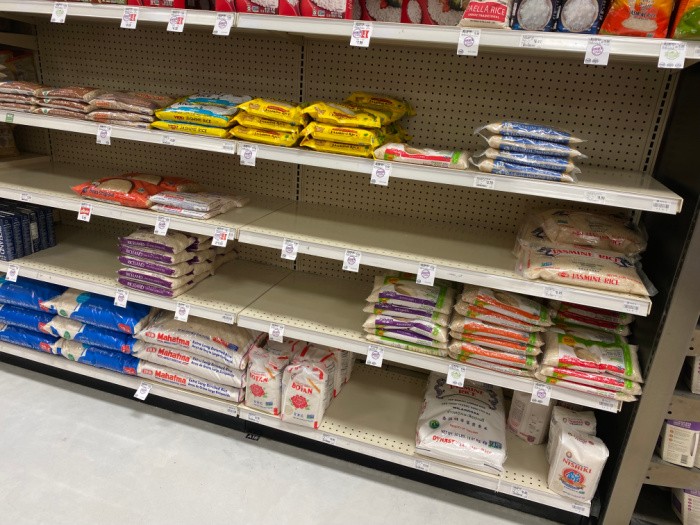
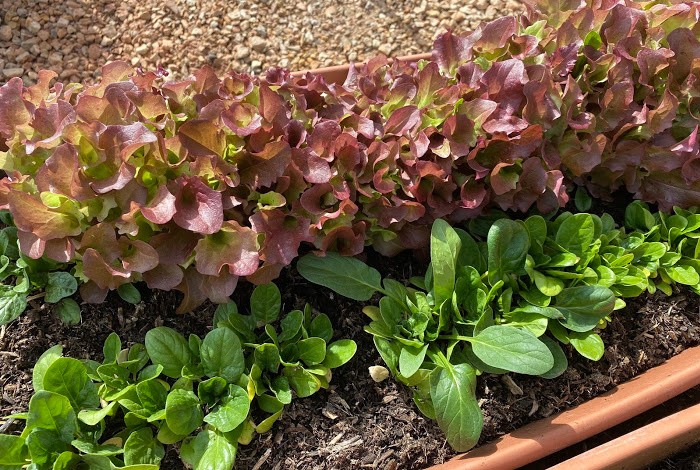
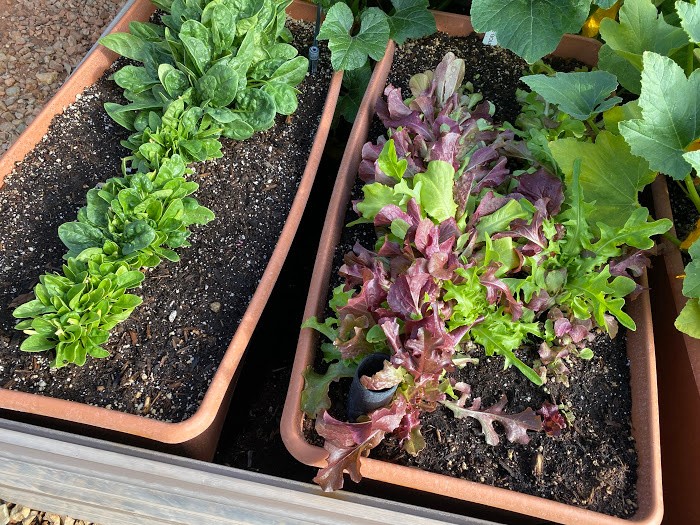














I put mint under my peach trees – it keeps out the weeds, cushions the peaches when they fall, and is heavenly when I walk on or near it (trust me it can handle the abuse of walking on it periodically – this thing is a hearty invasive weed). I also put it behind my fireplace where I don’t want to weed and it has hard perimeters so it can’t grow any further. Along with peppermint and spearmint – also grow some fun flavors like chocolate and orange! Heavenly! Lovely to put a sprig in hot water and make tea. In the summer let it cool for a refreshing drink. It’s also nice to just grab a sprig when you’re walking by and inhale deeply.
Great idea Kay!
I love mint tea. So, I’m planning on planting some soon.
I learned my lesson the hard way. First time I planted mint in the back yard I placed it under the grape arbor. It took off like crazy. My hubby wanted to dig it up and toss it. I said NO. Cause when I walked under the arbor, my steps released a heavenly aroma.
I now have two kinds of mint, planted in pots so that I can contain it. (We’re renting). When we get settled again in our own home, I would like to plant several more kinds of mint.
BTW, we are moving back to Oregon. I miss my grand and great grand babies too much! Our lease is up in Mid-July and that’s when we are leaving!. However, I will still stay in touch.
Hope that you and yours are healthy and safe.
Hi Suzanne, please stay in touch. I would love to live by some of my grandkids. It won’t happen this year, but hopefully within 2-3 years. I’m planting some mint in a 5-gallon bucket today. I miss having it around but it took over one of my four-foot square raised beds!! It was way too much mint! LOL! Stay well, stay safe, Linda
Oh, yeah…me too and it is a great plant to share(peppermint)…just be sure to explain how it is invasive!!
Off topic…learned a great way to clean 2″ blinds…baby bottle washer brush! So easy.
Thanks for the tip regarding cleaning blinds.!
I have peppermint, spearmint, orange , chocolate and pineapple mint. They all smell wonderful and add to the garden, Butterflies and bees love them ,too! Yes, planting them in pots is a must.
Hi Cheryl, oh my gosh, you have some good mint plants!!! They sound so fragrant!! Bring on the bees and butterflies! Linda
I haven’t planted mint yet but I did plant some stinging nettles (I believe they are part of the mint family) and they are spreading like crazy!
I read an article that said if you are going to plant anything in the mint family outside, to put it in a raised bed or build a wooden box just like the raised bed and put that into the ground, the mint or stinging nettles can’t grow past the wall under the ground.
Hi Ian, good to know. I just planted some mint (Spearmint) in a 5-gallon bucket. It’s in a post for tomorrow. I had to dig it out of my 4-foot square raised beds. It took over the entire box. I do not need that mush mint. LOL! Live and learn. I agree we have to confine some plants!! Linda